
“The supply-side structural reform should be dealt with differently in the short, medium and long terms. The urgent task on hand for Chinese economy is to make full use of investment.” Multiple economists contribute their own ideas about how to achieve economic breakthroughs in China on the 2016 Chinese Economy Forum held on July 4.
Investment-driven traction still needed in the short term
“It is a top priority for China to strengthen investment now. Investment not only drives supply but also steers industrial structure. Investment is also needed for technology innovation and structural adjustment, or the adjustment will turn out to be empty talk.”
Viewed in the long run, only technology innovation and structural adjustment can truly tackle economic problems, but time is needed. The process can be long and the effectiveness can be slow. Therefore, considering the short-term and long-term development, investment remains to be the main solution, as explained by Pang Jinju, former vice-president of Nankai University.
In the opinions of Lin Yifu, former deputy governor of the World Bank, under the backdrop of sluggish economic growth in foreign countries, pro-growth measures will surely be more required by domestic demands. Since domestic demand can be divided into investment demand and consumption demand, there are not only lots of opportunities tucked away in investment but also much available resources.
As cited by Lin, China now annually imports manufacturing products valued at around 1.3 trillion U.S. dollars since such products are not available domestically; past investment in infrastructure mainly focused on the connection among cities, but infrastructure inside cities is severely lacked of; environmental pollution generated in previous high growth period should be treated; as China is still on the way of urbanization, the increase of each percentage point in urbanization rate means more investment in housing and public infrastructure. All these suggest investment opportunities.
According to Lin, “these are the so-called measures to strengthen the points of weakness amid the structural reform. If a growth rate of 6.5 percent can be maintained, it not only strengthens weak points but also creates sound environment for the reform with the cut of capacity, inventory and leverage included”.
How to stop investment downturn
Investment has been slowing down in recent years. Statistics released by the National Bureau of Statistics reveal that fixed-asset investment of China showed a downturn from 2010 to April this year. Although investment of state-owned enterprises (SOEs) picked up since last year, private investment suffered obvious decline. Private investment dropped in terms of proportion and growth rate for the first time during January-May period of this year. Its proportion in the total investment fell from 64.2 percent to 62 percent and its growth rate went down from 20-30 percent to 3.9 percent.
“Why did investment of private enterprises decline? The reason is that traditional manufacturing industry is faced with over-capacity, while tertiary industry has not been liberated yet.” Zhou Tianyong, an economics researcher at the Party School of the Communist Party of China Central Committee, said both service fields such as education, medical service, pension service and tourism and some new economic fields have not been opened. “It would be better for private investment to be made in the projects which are always invested by the state-owned capitals in the past than to outflow to foreign countries.”
Pang analyzed that besides the obvious contradiction in industrial surplus and insufficient market demand, the restriction in capital and policy and the decline in enterprises’ benefits resulting from the growing labor costs are also the factors contributing to the slowdown of investment.
“In order to prevent and solve investment slowdown, more fields should be opened for private investment; credits should be relaxed appropriately; government should strengthen instruction and service regarding investment so as to vitalize private enterprises’ expectation and confidence in investment; and finally, tax burden should be eased properly for enterprises to gain some benefits.” said Pang.
Moreover, experts also pay high attention to the importance of reducing tax and expense.
“Growth rate of tax and expense was higher than GDP growth during January and May this year. So cutting tax is the key to save economy.” Zhou believed that sole tax reduction in supply side cannot do without quantitative easing monetary policy and fiscal policy on demand side; therefore, short-term tax reduction in supply side needs coordination of financial deficit in demand side.
In the opinion of Zhou, economic management of supply side should adopt such short-term economic policy as cutting tax and expense, medium-term reform and supply-side structural adjustment including technological improvement. But lowering tax and expense and other short-term policies are in badly need in China.
Translated by Jennifer and Vanessa
















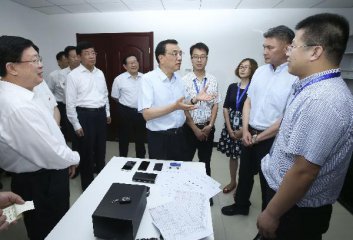
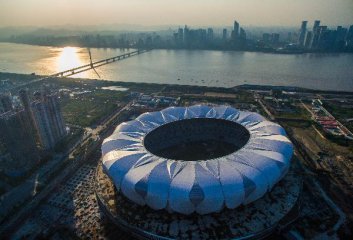

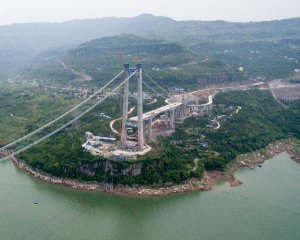
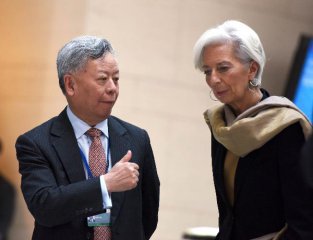
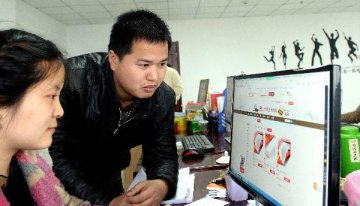


Latest comments